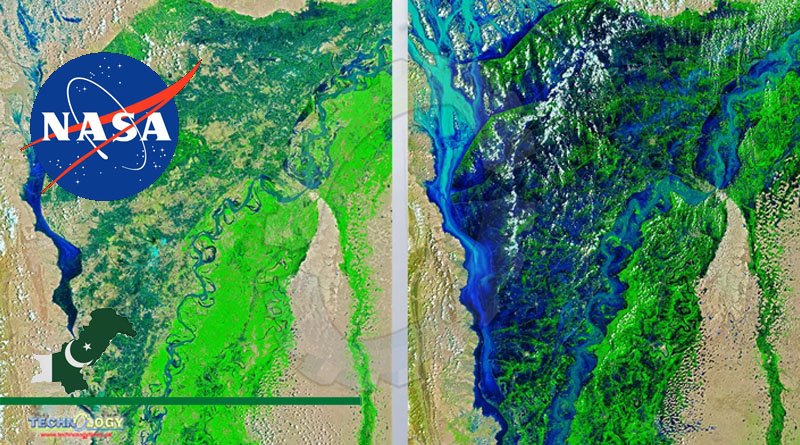“This new technology covers the entire globe, allowing us to observe flood risk and predict flood likelihood in ways never before possible,” said Dr. Shanna.

The United States National Aeronautics and Space Administration (NASA) is collaborating with several leading scientific institutions to release a significant breakthrough in flood prediction technology that will help save lives and aid early response to rising flood impacts around the world.
“This new technology covers the entire globe, allowing us to observe flood risk and predict flood likelihood in ways never before possible,” said Dr. Shanna N. McClain, Manager of Nasa’s Earth Science Applied Science Programme.
“The technology we have developed will be transformative, enabling early action by communities around the globe, especially small island communities and developing states that lack the necessary early warning information to protect themselves and their loved ones during flood events.
“Until now, comprehensive global flood early warnings were not possible. “Because of limitations in hydrologic monitoring networks, forecast models, or expertise to operate and widely disseminate their results, particularly in small and vulnerable countries,” said Chris Chiesa, Deputy Executive Director of Pacific Disaster Center, a key partner in the project.
To be used, the new flood prediction technology must reach the hands of local populations and decision-makers who need it the most — this is where the Pacific Disaster Center (PDC) comes in.
The PDC is a University of Hawaii applied science and research centre that specialises in disaster risk reduction science and technology, assisting organisations worldwide in developing a safer world.
“Early warning information has been shown to save lives. Flood early warning has traditionally been costly, necessitating hyperlocal investment, knowledge, and maintenance,” said Omar Abou-Samra, Director of the International Federation of Red Cross and Red Crescent Societies’ Global Disaster Preparedness Center.
“I am looking forward to assisting PDC and NASA in making this powerful tool available to all communities to supplement the efforts of national disaster management organizations and meteorological agencies in assisting early warnings to reach the last mile,” added Omar Abou Samra.
The IFRC currently incorporates all of PDC’s “Disaster AWARE” early warning and risk information into its “Go Platform,” which provides critical emergency needs information and the tools needed to provide an adequate response to its 192 national societies and more than 15 million volunteers.
The Pakistan Red Crescent Society is assisting communities in the aftermath of catastrophic flooding in 2022, which killed over 1,700 people and displaced over 7.9 million others.
According to a recent study by the United Nations Office for Disaster Risk Reduction (UNDRR) and the World Meteorological Organization, roughly half of the world’s countries lack adequate hazard early warning systems (WMO).
Floods are among the most lethal and expensive natural disasters in the world, and their severity is only increasing due to climate change. To make matters worse, a significant portion of the world’s population lacks the tools required to detect and respond to floods, leaving them vulnerable to the full force of flood impacts.
